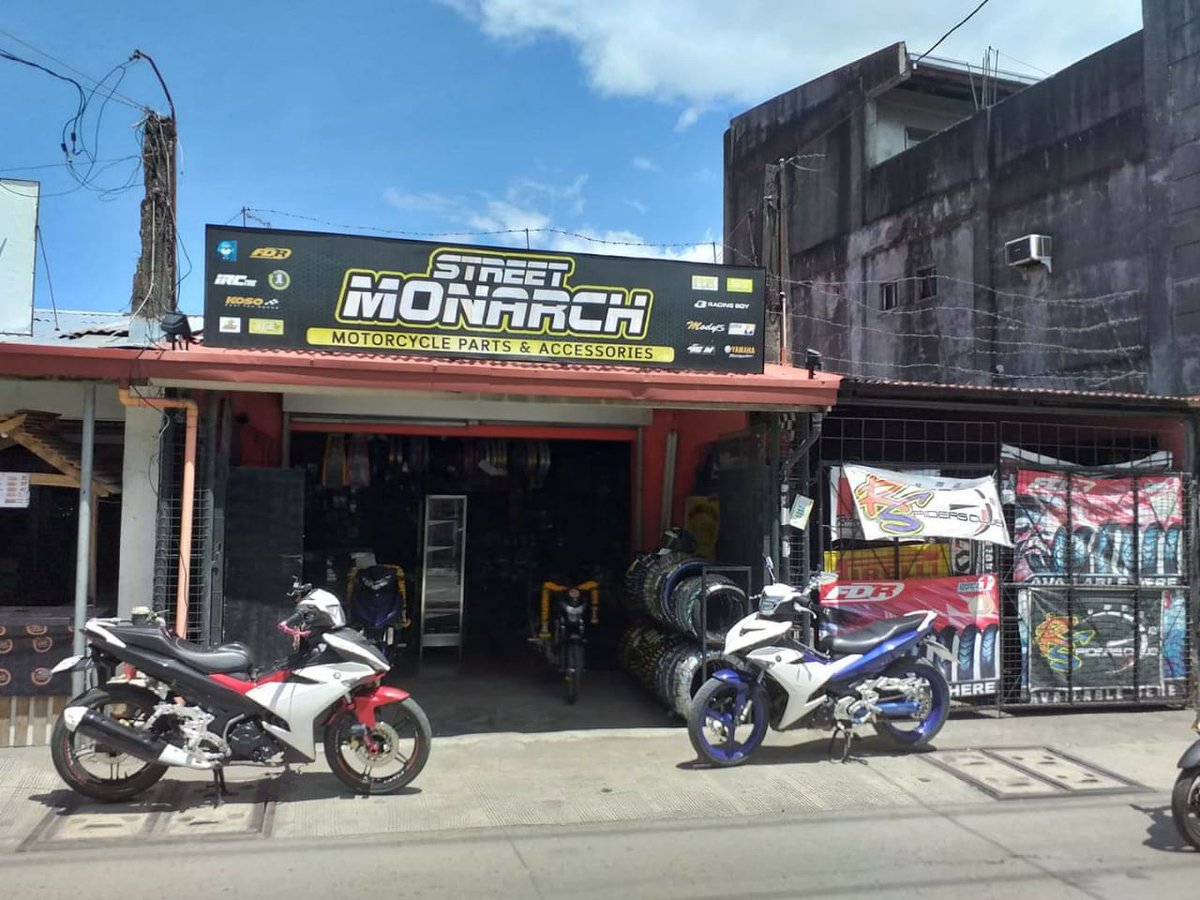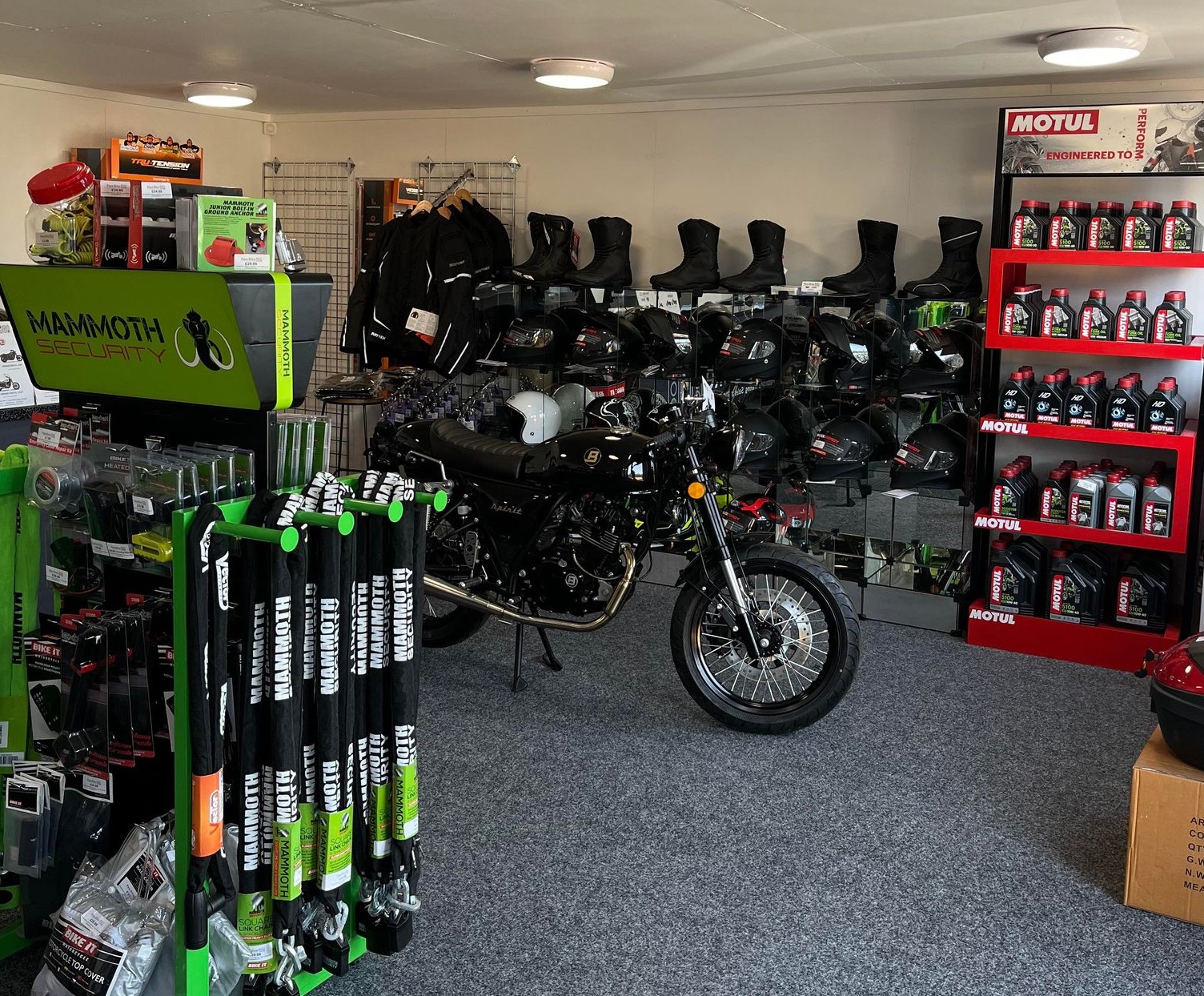Browse Through Our Motorcycle Shop for Professional Recommendations and Top Quality Products
Browse Through Our Motorcycle Shop for Professional Recommendations and Top Quality Products
Blog Article
Understanding the Vital Parts of a Bike: A Comprehensive Overview for Enthusiasts
For motorcycle fanatics seeking to boost their riding experience and guarantee their bikes run smoothly, understanding the crucial elements of a motorbike is vital. Each component, from the engine's intricate functions to the important duty of the braking devices, not only influences efficiency yet also security and comfort. This guide will certainly go through the essential parts that every motorcyclist need to recognize with, allowing notified options in both maintenance and potential upgrades. As we begin this exploration, one must ask: exactly how does each element communicate to produce the seamless trip every enthusiast seeks?
Engine Components

The camshaft plays a critical duty in controlling the timing of the engine's shutoffs, making certain the precise opening and closing required for effective fuel and air intake, along with exhaust expulsion. This timing is crucial to keeping ideal engine performance and efficiency. Furthermore, the carburetor or fuel injection system, depending on the bike version, is accountable for mixing air with gas in the right ratio for burning.
The air conditioning system, either air or liquid-based, functions to maintain the engine's temperature within functional limitations, preventing getting too hot and making certain longevity - motocross gear. Each element, diligently developed and integrated, contributes to the smooth procedure of the engine, defining the bike's power result and total efficiency
Transmission System
Essential to the motorbike's functionality, the transmission system makes sure effective power transfer from the engine to the wheels. This system comprises a number of crucial components, including the clutch, gearbox, and final drive, each playing an essential role in translating the engine's power right into movement. The clutch, typically operated by a hand lever, offers to involve and disengage the engine from the transmission, permitting smooth gear changes and controlled acceleration.
The transmission, typically referred to as the transmission appropriate, contains a set of gears that cyclists can by hand move with to adjust the bike's speed and torque outcome. These equipments are set up in a series that allows the motorbike to speed up smoothly and keep optimal engine performance across different speeds. A lot of bikes make use of a consecutive transmission, calling for the motorcyclist to shift equipments in a predetermined order.
Braking Mechanisms
While recognizing the transmission system is vital to using a motorbike's power, just as essential is the capability to regulate and stop that power effectively, which is where stopping systems enter into play. Brakes are crucial for security and performance, giving the motorcyclist with the required control to browse various terrains and problems. Usually, motorcycles include two types of stopping systems: disc brakes and drum brakes.
Disc brakes are much more common in modern motorbikes because of their exceptional efficiency. They include a brake disc, caliper, and pads. When turned on, the caliper presses the brake pads against the rotating disc, transforming kinetic energy right into warmth, therefore slowing the wheel. This system supplies far better warm dissipation, consistent efficiency, and boosted quiting power, particularly in damp problems.
Conversely, drum brakes, though much less typical, are still located in some motorbikes. They work by pushing brake footwear versus the inner surface of a drum affixed to the wheel. While usually less efficient in heat motorcycle supply dissipation and quiting power, drum brakes are less complex and a lot more cost-effective.
Understanding these braking systems' nuances enables riders to preserve their motorbikes properly and appreciate the engineering that ensures risk-free and effective stopping.
Suspension and Steering
Suspension and steering systems are crucial parts that significantly influence a motorbike's handling and trip comfort. The shock absorber, including forks at the front and shock absorbers at the back, takes in roadway irregularities, boosting security and control. Front forks, commonly telescopic or upside down, compress and rebound to alleviate effects, while rear shock absorbers preserve tire call with the road, critical for grip and safety.
Steering, centered around the handlebars, links the motorcyclist to the motorbike's directional control. The guiding head bearings make sure smooth operation, allowing specific ability to move. Correct positioning and maintenance of these bearings are essential for predictable steering response and reducing cyclist tiredness.
The suspension's adjustability is an additional vital facet; preload, damping, and rebound settings permit modification to fit various riding designs and conditions. This versatility is important for maximizing performance, whether navigating urban roads or tackling rugged routes. Developments like electronic shock absorber offer real-time changes, boosting trip top quality across varied terrains.

Electric Systems
After making certain a smooth and regulated experience via effective suspension and guiding systems, attention transforms to the electrical systems, a critical element of modern-day motorcycles. These systems play a crucial function not just in starting the engine yet also in powering numerous components that improve the performance and security of the bike.
At the heart of a bike's electric system is the battery, which shops electric energy essential for starting the engine and powering complementary systems - motocross gear nz. The alternator or generator, click here to find out more combined with the rectifier-regulator, makes certain the battery remains charged while the bike functions, converting power into electrical energy and preserving voltage degrees
The ignition system, an additional vital part, is responsible for firing up the air-fuel blend in the engine's cyndrical tubes. Modern bikes typically use a digital ignition system, supplying higher efficiency and dependability compared to typical systems.
Illumination systems, including fronts lights, tail lights, and indicators, are also essential, ensuring exposure and safety and security for the cyclist. Added electronic parts such as sensing units, control devices, and shows add to advanced functions like fuel injection management, anti-lock braking systems (ABDOMINAL), and digital dashboards, further enhancing the riding experience.
Final Thought
A complete understanding of a motorbike's essential parts, including the engine, transmission system, stopping mechanisms, suspension, guiding, and electrical systems, is essential for enthusiasts intending to optimize convenience, safety and security, and efficiency. Mastery of these elements permits educated decisions regarding maintenance and upgrades, ultimately improving the riding experience. By incorporating this expertise, riders can guarantee their bikes run at peak efficiency and dependability, therefore maximizing both enjoyment and durability of their cars.
For motorbike enthusiasts looking content to boost their riding experience and ensure their bikes run smoothly, comprehending the important parts of a bike is critical.Essential to the bike's functionality, the transmission system makes sure effective power transfer from the engine to the wheels.While recognizing the transmission system is essential to using a motorcycle's power, equally vital is the capacity to control and quit that power properly, which is where braking systems come into play. Commonly, bikes feature two kinds of stopping systems: disc brakes and drum brakes.
An extensive comprehension of a motorcycle's necessary components, including the engine, transmission system, stopping mechanisms, suspension, steering, and electrical systems, is important for lovers aiming to enhance safety and security, efficiency, and comfort.
Report this page